Check out our media mention in Natural Products Insider
Probiotics and prebiotics may play a role in helping support the interrelated digestive system and cognitive health.
By Hannah Ackermann, Registered Dietitian & Corporate Communications Manager at Comet Bio
The nutrition community has been discussing emerging research on the gut-brain axis with heightened interest over the last several years. Though much of the science around the microbiome is still in its infancy, a direct link appears to exist between the digestive system and cognitive health. This connection between the microbiome and brain underscores the importance of a gut-healthy diet more than ever. Prebiotics are one of the nutrients that may play a role in helping support not only physical health but potentially mental health.
The science behind the gut-brain axis
The pivotal role of gut health in relation to overall health is undisputed in the scientific community. The composition of microbial communities in the gut, known as the microbiome, is shown to support and connect with every system in the body.1 For example, over 70% of the immune system resides in the microbiome.2
The gut-brain axis refers to the constant and bidirectional communication between the central nervous system (CNS) and the components of the enteric nervous system (ENS) located in the gut. Microbiome research shows that the gastrointestinal (GI) tract is linked to neurological, emotional and behavioral health via the gut-brain axis.3 Disruptions in the gut-brain axis are associated with various symptoms, including anxiety, constipation, diarrhea and mood swings. GI scientists believe that the gut-brain axis disruptions can cause conditions such as irritable bowel syndrome (IBS) and exacerbate symptoms of cognitive disorders.4 Thus, optimizing the gut-brain axis could help support both physical and mental wellness.
Additionally, research shows a person’s gut microbiota may play a vital role in driving mood by regulating serotonin production in the intestines and blood.5 Although serotonin is more commonly associated with cognition and classified as a brain neurotransmitter, 90% of the body’s serotonin is made in the digestive tract and is known as peripheral serotonin.
Emerging research shows that bacteria in the microbiome can play a vital role in regulating peripheral serotonin production.6 Thus, balancing the gut microbiome by promoting good bacteria growth could help individuals manage conditions related to peripheral serotonin levels, including IBS, heart disease and osteoporosis.7
Good-mood foods
The gut microbiome composition is strongly influenced by diet. Substantial research suggests supplementation of probiotics (aka good bacteria) can positively impact microbiome health and consequently the gut-brain axis.8 Introducing probiotics can help ensure a healthy balance of good versus bad bacteria in the gut, improve gut motility and increase nutrient absorption. Research also shows the supplementation can help develop strong communication between the brain and the gut.9 Consequently, clinical studies indicate probiotic supplementation can be beneficial for easing symptoms for a wide range of cognitive conditions, including IBS, stress, anxiety and depression.10
Whereas probiotic supplementation directly adds good bacteria to the gut, prebiotics help fuel the growth of good bacteria already in the gut. Prebiotics are short-chain carbohydrates derived from plant fibers. Research on prebiotics’ role in supporting the gut-brain axis is not yet robust, but studies indicate their potential in helping manage cognition, anxiety and depression.10
Prebiotics on the move
Prebiotics offer a possible solution to help support overall digestive health and cognitive health by promoting beneficial bacteria growth. Some popular prebiotic fiber options require high inclusion levels to be effective. For example, 5 g or more is needed of inulin, a commonly used prebiotic fiber sourced derived from chicory root.11 These higher inclusion rates render many prebiotic supplement, food and beverage formats impractical. Many popular prebiotic fiber options, including inulin, are also oligosaccharides, a type of fiber that the popular low-FODMAP (fermentable oligosaccharides, disaccharides, monosaccharides and polyols) diet cautions individuals to avoid due to tolerability concerns.
A new class of prebiotic fibers is coming to market with lower inclusion rates and tolerability advancements to address these concerns. These novel prebiotics are from different families of fibers—including long-chain polysaccharides, xylooligosaccharides (XOS) and polyphenols—and are tailored to offer functional benefits while being versatile and possibly easier to incorporate.
For example, arabinoxylan is a hemicellulose polysaccharide fiber which (as Arrabina, from Comet Bio) showed in unpublished research to have better tolerability in the gut. And in a nod to sustainability trends, Arrabina is prebiotic fiber upcycled from wheat crop leftovers.
Digesting the future
According to Nutrition Business Journal (NBJ) data, the U.S. digestive health market has nearly tripled in size within the last decade and is predicted to reach US$5.7 billion by 2024. Prebiotic sales currently make up a small portion of the overall digestive health market size but are showing strong growth, having doubled every year since 2016 and surpassing $425 million in sales in 2020. Also, awareness of prebiotics has grown to 81%, with 35% of supplement users taking prebiotics at some level, according to Ingredient Transparency Center (ITC) Insights’ 2020 Consumer Survey.
As consumers become increasingly aware of how the army of microbes in their digestive system is connected to physical and mental health, demand for a broader range of related ingredients will continue to grow.
References
1 Wu HJ, Wu E. “The role of gut microbiota in immune homeostasis and autoimmunity.” Gut Microbes. 2012;3(1):4-14.
2 Vighi G et al. “Allergy and the gastrointestinal system.” Clin Exp Immunol. 2008;153 Suppl 1(Suppl 1):3-6.
3 Carabotti M et al. “The gut-brain axis: interactions between enteric microbiota, central and enteric nervous systems.” Ann Gastroenterol. 2015;28(2):203-209.
4 Raskov H et al. “Irritable bowel syndrome, the microbiota and the gut-brain axis.” Gut Microbes. 2016;7(5):365-383.
5 Yano JM et al. “Indigenous bacteria from the gut microbiota regulate host serotonin biosynthesis.” Cell. 2015;161(2):264-276.
6 Martin CR et al. “The Brain-Gut-Microbiome Axis.” Cell Mol Gastroenterol Hepatol. 2018;6(2):133-148.
7 Yano JM et al. “Indigenous bacteria from the gut microbiota regulate host serotonin biosynthesis.” Cell. 2015;161(2):264-276.
8 Schnorr SL, Bachner HA. “Integrative Therapies in Anxiety Treatment with Special Emphasis on the Gut Microbiome.” Yale J Biol Med. 2016;89(3):397-422.
9 Cerdó T et al. “Probiotic, Prebiotic, and Brain Development.” Nutrients. 2017;9(11):1247.
10 Pusceddu MM, Murray K, Gareau MG. “Targeting the Microbiota, from Irritable Bowel Syndrome to Mood Disorders: Focus on Probiotics and Prebiotics.” Curr Pathobiol Rep. 2018;6(1):1-13.
11 Carlson JL. “Health Effects and Sources of Prebiotic Dietary Fiber.” Curr Dev Nutr. 2018;2(3):nzy005.






